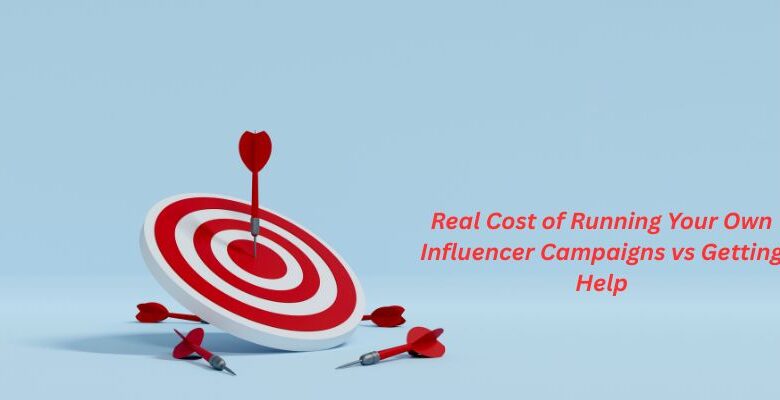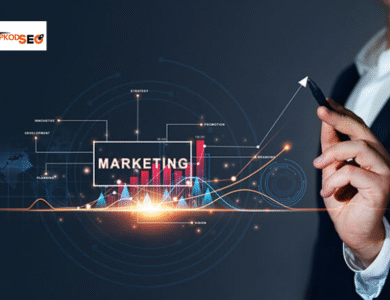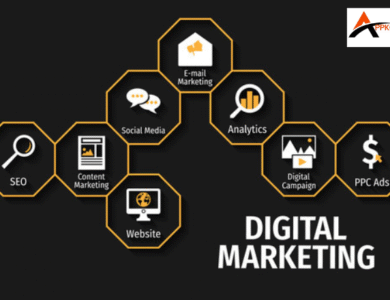
At first glance, influencer marketing looks simple. Hire creators, send products, pay fees, and expect results. But brands that try it themselves quickly discover the hidden complexities behind the process.
Beyond creator payments, running campaigns in-house requires significant time and strategic effort, including researching the right influencers, managing communications, negotiating contracts, and tracking performance.
In this guide, we will break down the real costs and challenges of DIY influencer campaigns and show how professional help can save time, money, and unnecessary headaches.
The Most Time-Consuming Aspects of DIY In-House Campaigns
Influencer marketing looks simple, but managing a campaign in-house involves much more than sending products. Hours of research, outreach, and coordination quickly add up, turning what seems easy into a major time investment. Here are the most time-consuming aspects of running DIY campaigns:
1. Researching the Right Creators
Before a single piece of content is made, someone has to sift through thousands of influencer profiles. This means analyzing engagement rates, checking audience demographics, and making sure the creator’s style and voice actually fit the brand. Done thoroughly, this step alone can easily take 20–30 hours per campaign.
2. Outreach and Follow-Ups
Getting creators’ attention is rarely straightforward. One or two messages aren’t enough, so brands often send dozens of emails and DMs. Even after persistent follow-ups, responses only come from about 30% of contacts. Once they do respond, every next step, such as negotiating rates, deliverables, and timelines, requires careful attention.
3. Contracts and Campaign Management
Contracts need to be drafted, reviewed, or adapted from templates, ensuring all legal and usage rights are covered. Each creator comes with deadlines for content review, pre-upload approvals, posting schedules, and performance tracking, all of which must be monitored closely.
4. Total Time Investment
Altogether, a mid-size campaign can demand 60–80 hours of dedicated staff time. That’s two full workweeks for someone who likely has other responsibilities, showing how quickly DIY efforts can consume significant internal resources.
Where Things Get Expensive In a Different Type of Way
Here’s where brands find it costs more than they’d like. Many essentially jump into influencer marketing without properly understanding how to research and vet creators, assuming someone with 100K followers must be good enough, and then they subsequently wonder why the campaign did little to nothing.
Choosing the wrong creator can waste both the budget for that specific collaboration and the overall campaign’s performance. The audience might not align with the product, engagement could be inflated through bots, or the creator’s style may not resonate with the target consumers.
These issues often go unnoticed until after content is live and promoted, making corrections difficult or impossible. On top of that, many brands rely on generic online contracts instead of professional legal guidance, leading to confusion over usage rights, exclusivity, and disclosures. Attempting to fix these issues afterward can become costly if lawyers are needed.
The Opportunity Cost of DIY Campaigns
This cost never shows up in an invoice rendered, but it’s one of the greatest costs imaginable. While someone is spending time managing outreach and logistics, what are they not doing?
For smaller brands, it’s likely the marketing manager or the founder is tasked with balancing influencer efforts in addition to their other duties. Thus, those 60-80 hours per campaign come from somewhere else; likely efforts better spent on email marketing improvements, website upgrades, product development, or other areas that could bring in significantly more revenue.
For larger brands, it’s either the dedicated social managers empowered by the opportunity or it’s a distributed effort that takes smaller pockets and spreads thin across various departments. Either way, it’s not time promoting effective use of a personal skill set, but instead providing administrative management where it’s not as valuable.
When Campaigns Come To A Head
Running one small microcampaign with 3-4 creators feels manageable (albeit time-consuming). But when brands see success and want to scale quickly to larger operations, that’s where their independent efforts fail.
Managing ten creators means ten contracts and ten deliverables to track; ten people are needed for follow-ups for revisions and posting schedules. It compounds exponentially, not linearly. What’s manageable on a one-on-one scale becomes increasingly frustrating with added players, and thus, what’s a 60-hour campaign becomes 200+ hours for something more substantial because brands hit a wall with what’s realistic.
Thus, they either hire a full-time resource just to manage creator relationships or their campaign work suffers because they don’t have time available. Either way brings an opportunity cost at play.
The Learning Curve Levy
Every brand attempts to run its own influencer campaigns without realizing they’ll need to learn as they go.
They’ll realize they overpay certain creators with current rates versus expected ones; they’ll understand they needed more content to justify goals reached; they’ll realize that creating accounts without proper knowledge costs them in the long run when they can’t select the right platforms to reach audiences.
It’s not stupidity born from lack of knowledge; it’s forging through a learning experience. But each lesson learned ends up costing cash, a learning curve that might take months if not years to surpass. Often, those who exceed too quickly find they’ve spent thousands learning lessons someone else already knew.
What Professional Help Covers
When brands work with those who do it full-time time they’re paying to skip that learning curve and avoid common pitfalls. Teams already know which creators are reliable professionals and which are a pain to work with; what acceptable prices are given for follower counts versus engagement rates; and what contracts actually protect the brand involved.
Professional teams come prepared with reputable contracts, ensuring that all due diligence is done and campaigns are set up for success. They also have established relationships with creators, which leads to faster responses, quicker turnaround times, and often better rates.
Creators who have worked with agencies or management teams know they will be paid and respected, making them more willing to negotiate and prioritize these campaigns. For many brands, the time saved far outweighs the cost, reducing 60–80 hours of in-house work to just 10–15 hours of oversight and active communication, allowing experts to focus on what they do best.
The Breakeven Point
For ultra-small microbrands who want to dip their toes with tiny budgets, going it alone makes sense. The savings are worth it for the learning experience, and the costs are low enough. But once brands exceed $5K per quarter on creator partnerships, it’s only too easy to add a few zeros.
If dedicated management takes 80 hours per campaign at even $25/hour (the low end), that’s several thousand dollars in labor that isn’t accounted for on top of proposed budgets.
Combine that with mistakes made from inexperience efforts and the opportunity cost from secondary focus not available to bigger projects adds up too fast for comfort.
This doesn’t mean that every brand should outsource everything; for some, building strong internal teams works well. But these brands that successfully navigate their own paths have made huge internal investments in hiring seasoned pros and giving them space to do it right.
What Most Brands End Up Doing
Most brands start by managing influencer campaigns on their own, only to discover that the process is far more complex and time-consuming than expected. Initial DIY efforts often lead to missed deadlines, underperforming content, and hidden costs. At that point, companies usually pivot, either scaling back their efforts, hiring an internal specialist, consulting with experts, or partnering with a full-service agency.
The key is recognizing early whether building in-house expertise is worth the investment or if outsourcing can deliver faster, more efficient results. Running influencer campaigns is possible, but without guidance, the learning curve can be costly and slow.
Conclusion:
Influencer marketing may seem simple at first, but running campaigns in-house often takes far more time, effort, and expertise than brands expect. From researching creators and managing contracts to tracking performance and avoiding costly mistakes, DIY campaigns carry hidden financial and opportunity costs.
For many brands, partnering with experienced professionals or agencies can save significant time, reduce risk, and improve results. By understanding the true costs, companies can make smarter decisions about when to handle campaigns internally and when to seek expert help.
Frequently Asked Questions (FAQs):
1. What is influencer marketing?
Influencer marketing is a strategy where brands partner with individuals who have a strong online following to promote products or services. These influencers share content that reaches their audience, helping to drive awareness and sales.
2. Can brands run influencer campaigns on their own?
Yes, brands can manage campaigns internally, but it often requires significant time and expertise. Without proper planning, campaigns may underperform or become costly.
3. Why is choosing the right influencer important?
The right influencer ensures the brand reaches the intended audience and resonates with potential customers. Choosing the wrong one can waste budget and reduce overall campaign effectiveness.
4. How much time does a typical DIY campaign take?
A mid-size campaign can take 60–80 hours of staff time for research, outreach, contracts, and performance tracking. Larger campaigns with more creators can quickly demand 200+ hours.
5. When should a brand consider professional help?
Brands should consider expert support when campaigns grow in scale or budget, or when internal teams lack experience. Professionals save time, reduce mistakes, and often deliver better results.



